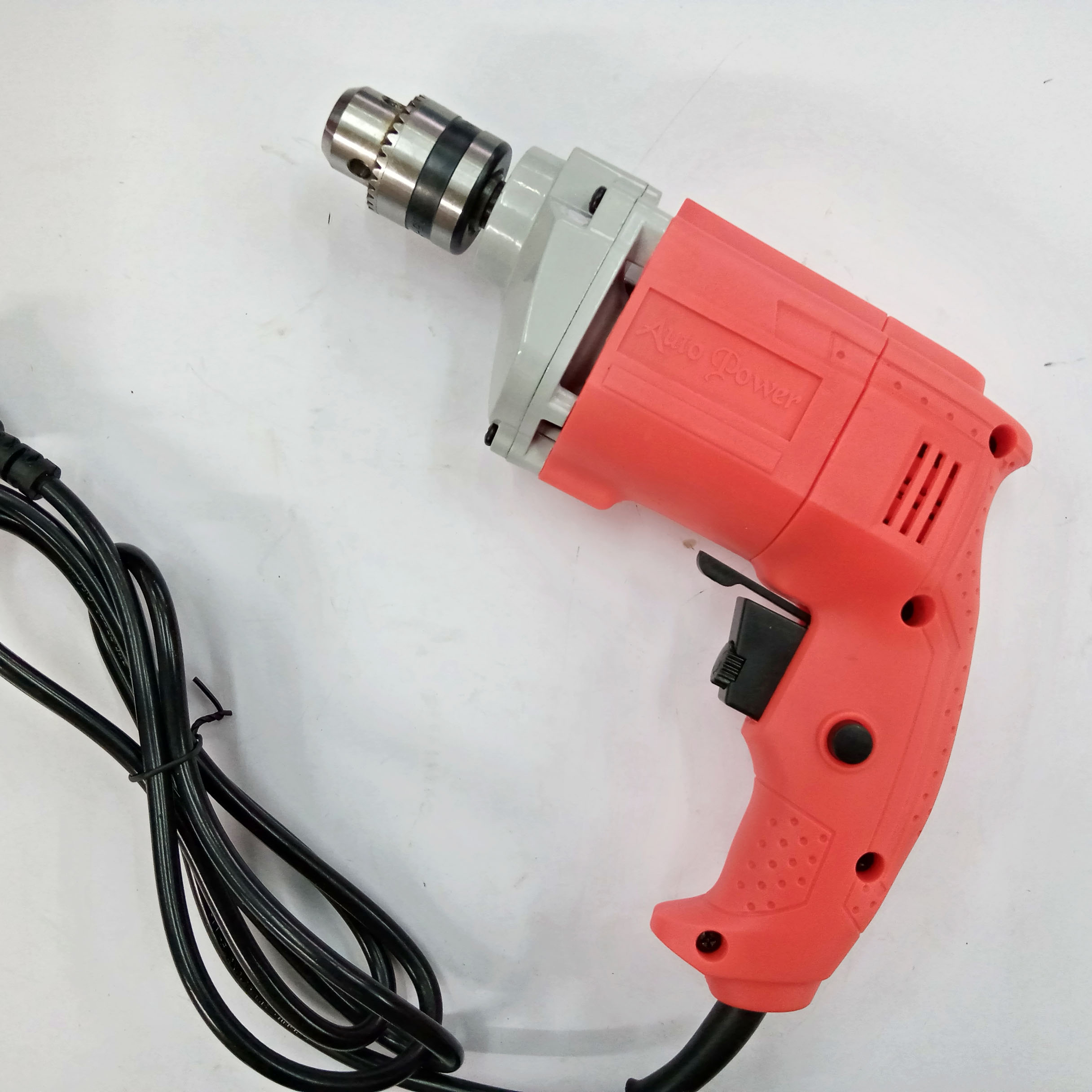
In the realm of manual tools, the hand drill holds a significant place. Its simplicity and versatility make it an indispensable tool for craftsmen, DIY enthusiasts, and professionals alike. But have you ever wondered how this seemingly straightforward tool actually works? In this blog post, we will delve into the inner workings of a hand drill, exploring its components, mechanisms, and the science behind its functionality.
- Anatomy of a Hand Drill:
Before we dive into the mechanics, let's familiarize ourselves with the key components of a hand drill. A typical hand drill consists of the following parts:
- Handle: Provides a comfortable grip for the user.
- Chuck: Holds the drill bit securely in place.
- Crank: Transfers rotational motion to the drill bit.
- Gear mechanism: Amplifies the rotational force.
- Spindle: Connects the gear mechanism to the chuck.
- Understanding the Mechanism:
The fundamental principle behind a hand drill's operation lies in converting rotary motion into linear motion. When the user rotates the crank, it sets the gear mechanism in motion. The gears, with varying sizes, work together to increase the rotational force generated by the user. This amplified force is then transferred to the spindle, which in turn rotates the chuck. - The Role of Gears:
Gears play a crucial role in a hand drill's functionality. By utilizing different gear ratios, the drill can achieve varying levels of torque and speed. The larger gears provide higher torque, making it easier to drill through tougher materials, while the smaller gears allow for faster rotation, ideal for softer materials. - Drill Bit Selection:
Choosing the right drill bit is essential for achieving optimal results. Different drill bits are designed for specific materials, such as wood, metal, or concrete. The selection depends on factors like the material's hardness, desired hole size, and the type of drilling operation (e.g., drilling, countersinking, or reaming). - The Science Behind Drilling:
Drilling involves the removal of material through rotational motion. As the drill bit rotates, its cutting edges create friction against the material, causing it to chip away. The spiral flutes on the drill bit help evacuate the debris, preventing clogging and ensuring a smooth drilling process. - Tips for Efficient Drilling:
To maximize the efficiency and lifespan of a hand drill, consider the following tips:
- Apply consistent pressure while drilling to maintain a steady rotation.
- Use lubrication when drilling through metal to reduce heat and friction.
- Regularly clean and sharpen drill bits to ensure optimal cutting performance.
- Secure the workpiece firmly to prevent slipping or movement during drilling.
Conclusion:
The hand drill, with its intricate yet straightforward mechanism, empowers individuals to create, repair, and innovate. By understanding the inner workings of this versatile tool, you can harness its full potential and achieve remarkable results in your woodworking, metalworking, or DIY projects. So, the next time you pick up a hand drill, remember the science and precision behind its operation.





